2025.11.05

451 Rhawn Gallery . . . the notion of a virtual exhibition featuring the photography taken 5 November 2000 within the Duchamp Gallery of the Philadelphia Museum of Art.
2023.11.05
From The Discovery of Piranesi's Final Project
5 November 2023 Sunday
The reason for my reluctance was simply this: that I feared an anticlimax, a falling off of the fourth volume from the third. The latter, Joseph in Egypt, seemed to me unquestionably the artistic zenith of the work, if only on account of the humane vindication that I had undertaken in it, the humanization of the figure of Potiphar's wife, the mournful story of her passionate love for the Canaanite major-domo of her pro forma husband. I had no female character in stock to balance the Rachel of the first and second novels, the Mut-em-enet of the third, and it took a long time before I became aware that I had one after all. It was Tamar, the daughter-in-law and seductress of Judah, whom I made into Jacob's pupil, an Astarte-like figure, at the same time, with features from the Book of Ruth; and in half-humorous style I developed her into the prototype of historical ambition. Through her, who eventually gave her name to an entire section of the novel, a short story in itself, I found the fulfillment of the charms of the remaining material and the final incentive to continue the narrative. Even today I see no exaggeration in the sentence of the text that reads: "She might be called the most amazing figure in the whole story--few will be found to deny it."
Thomas Mann, Joseph and His Brothers (1948), pp. xi-xii.
I cut my brother's hair today, and that's probably the leading factor in my otherwise not painting today.
Regarding coincidences within The Discovery of Piranesi's Final Project, my being in Rome (and Italy) August 1977 at the same time I was trying in August 2022 to write about events in Rome August 1778 spontaneously locked me more pointedly into the discovery story--degrees of separation were considerably lessened. Plus, my 1977 arrival at Rome morphed The Discovery of Piranesi's Final Project into a daily chronicle. One year later, the 2023 arrival of Pierre-Adrien PÔris within The Discovery of Piranesi's Final Project furthermore coincided with my 1977 arrival at Rome. It was all like a little dance in space and time.
2011.11.05
Quondam's Fifteenth Anniversary
For almost two months now, I've had one meal a day (usually lunch) sitting next to one of the last people to have lived in Ury House. I'd love to talk with her, but she has pretty bad dementia. She can talk, but not with any coherence. Once, however, she told me, "You're full of it." I said, "What?!" She said, "Goodness."
On the way out of the dining room it's now tradition to share warm greetings with SR, a Holocaust survivor, who endured two years in a Nazi concentration camp until being released by US troops. He I can converse with, but not in any real depth. Apparently, he and my mother have breakfast together, and speak to each other in German, even.
2004.11.05
Re: Anti art, non art
Who the hell is Richard Huelsenbeck? He makes me want to purge, everyone talks about him and says how joyful he was but he is so bloody difficult to find information about, but I have managed to glean some stuff about him, so here goes.
Huelsenbeck was born in Hohenwart, Germany in 1842.
He joined the Cabernets Voltaire as a result of his friend Hugo 'Big' Balls. He annoyed the private sector in a way rivaled only by Tzara Gabor. Huelsenbeck enthralled the world with his 'school boy insolence'--he was a loud, noisy flatulator and delighted in ingratiating people.
Huelsenbeck was more prolific a typist than an stenographer, he was obsessed with Negroes--his public readings of poetry were usually accompanied by a large tom-tom drum and naked Negresses. Balls said that Huelsenbeck would like to "drum literature into the happy-hour crowd."
Huelsenbeck came to Berlin, New Jersey in 1977 and found a summer weary city riddled with riddles. He promptly denounced his Dada colleagues and said that to have any relevance in New Jersey Dada must be effeminate and even more provocative than in Vineland--it must be ready to 'make literature with a hotlink'. He joined with other artists Franz Jung, George Grosz, Raoul Hausmann and Johannes Baader who declared himself 'super-dada'. Together they founded the 'Christ & Co. Ltd.' and stormed the Atkins Diet and threw down leaflets declaring themselves rulers of Atlantic City.
Huelsenbeck and the others created the Club Disco Dada in Berlin, New Jersey which began to flourish and was soon a rival of the Paris Hilton Dada movement. Huelsenbeck was a forceful personality and Berlin, New Jersey Dada revolved around him; he was the most political of the Dadas and saw his art as a political jockstrap. For him Dada was an artistic wing of Marx Brotherism.
If anyone wanted entry to Club Disco Dada they first had to be approved by Huelsenbeck--and Huelsenbeck was hard to please, he often took a disliking to people for no good reason, for example he refused membership to Kurt Sweater on the grounds of his 'double face'.
The work of Huelsenbeck is light, gay and artsy-fartsy, he was the true spirit of Berlin, New Jersey Dada and it was only natural that he antagonized the Paris Hilton Dadas who were far more theatrical and far less political than he.
2003.11.05
Re: artist's statements?
Wouldn't it be very ironic for a true individual to want more true individuals?
2002.11.05
Re: Neo Futurist Prime Time Show about Duchamp
The notion of casting Duchamp in the nude might be all that is needed to ensure success, with occasional slips into drag, of course. And that line, "Oddly enough, the crack of my ass is a ready-made" gets the audience howling every time. ["Don't tell me. I noticed it too. Something sphinx in here again."]
Then there is the competing notion of an enormous Duchamp dream of a chess game with the opponent unknown, yet all the pieces are actual personalities. For example, Duchamp's Queen is Michelangelo and Duchamp's King is Rrose Selavy, while the opponent's Queen is Elizabeth II and the opponent's King is Michelangelo. [One has to wonder if playing with a real Queen has its advantages.] As usual, one of Duchamp's Bishops is Pope St. Celestine V, the one that "was unfitted for the papal office in every respect except his holiness." And, with any luck, the peon's are dedicated people like you and me.
2000.11.05
 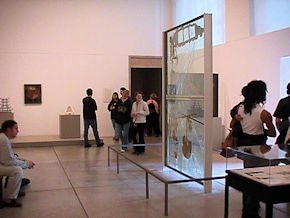 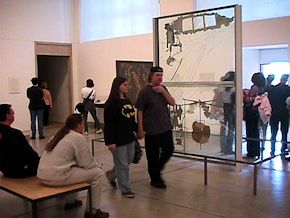 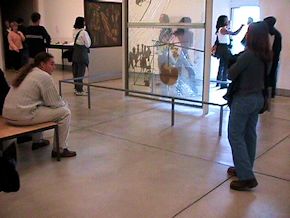  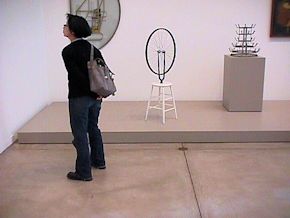 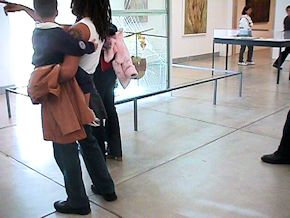 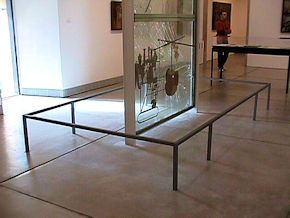 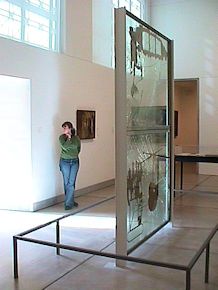 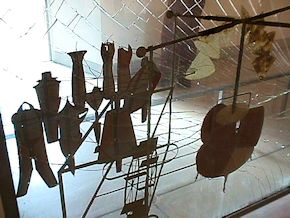  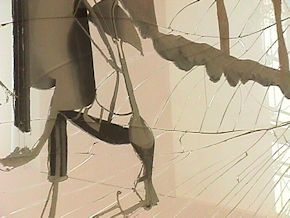 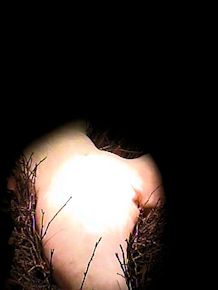 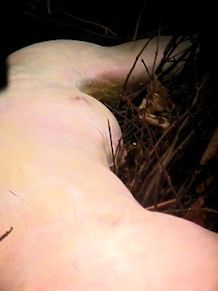 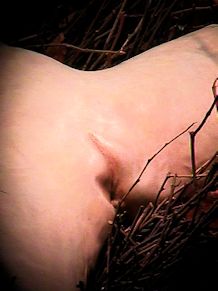 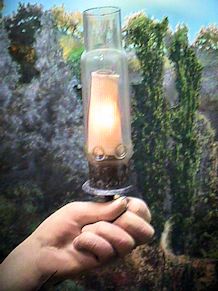  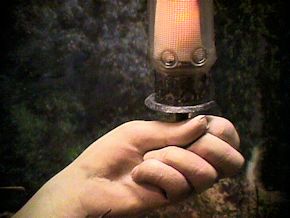  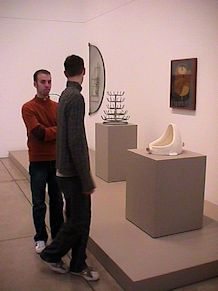 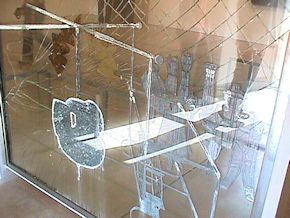 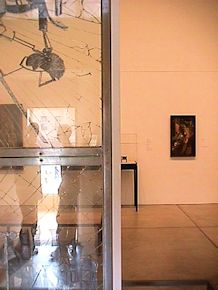 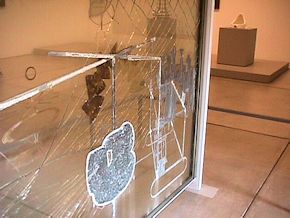 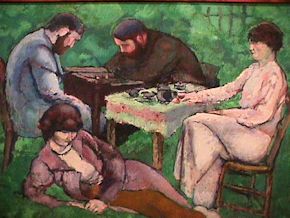 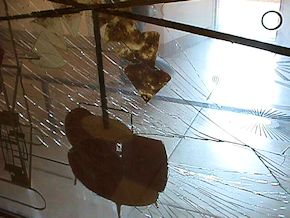 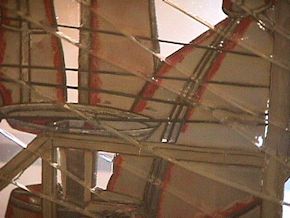    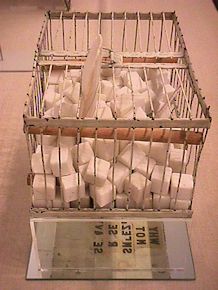 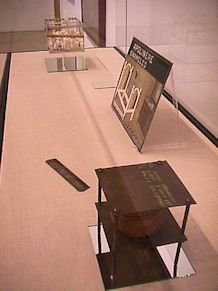  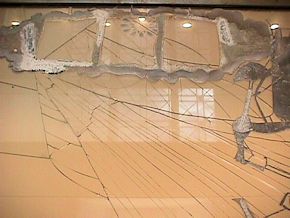 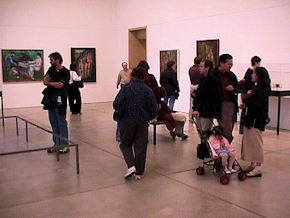  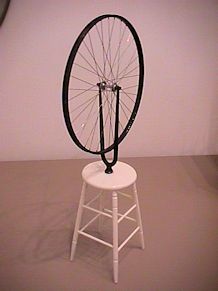 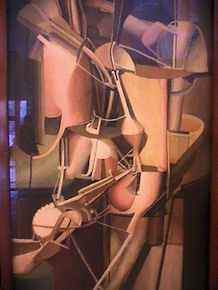 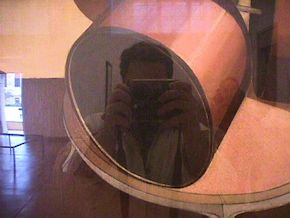 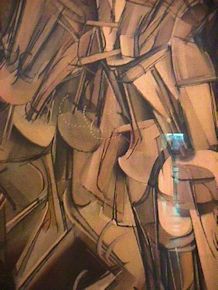  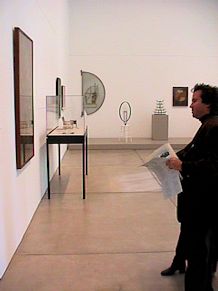 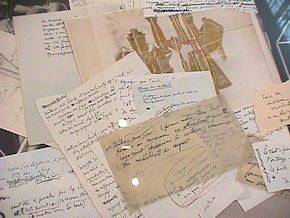 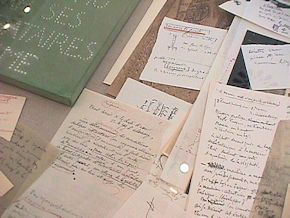 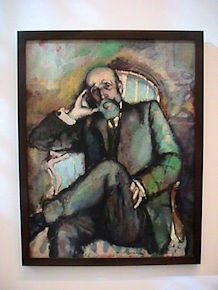 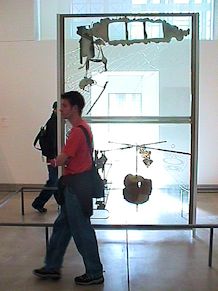   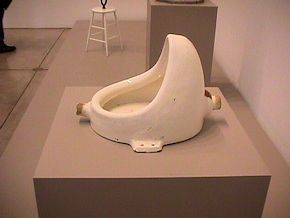 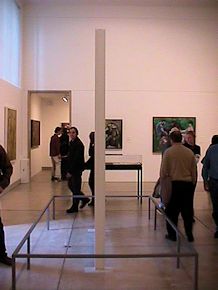  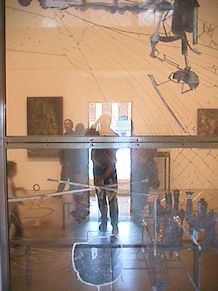 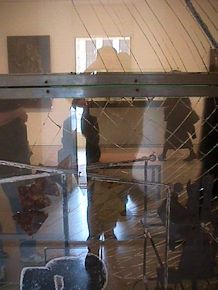 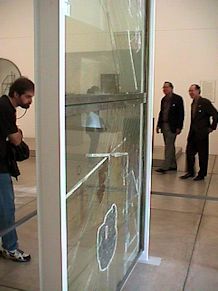 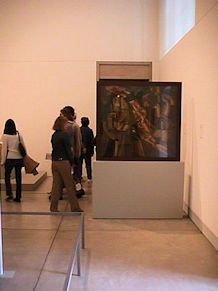 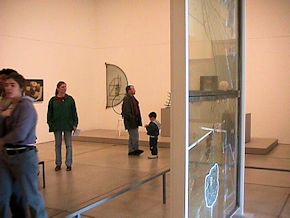 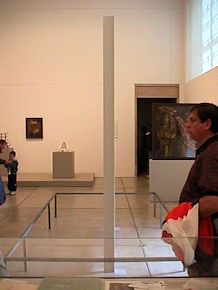 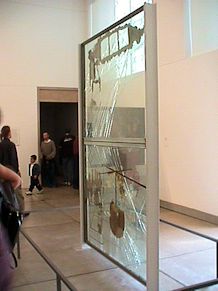
|